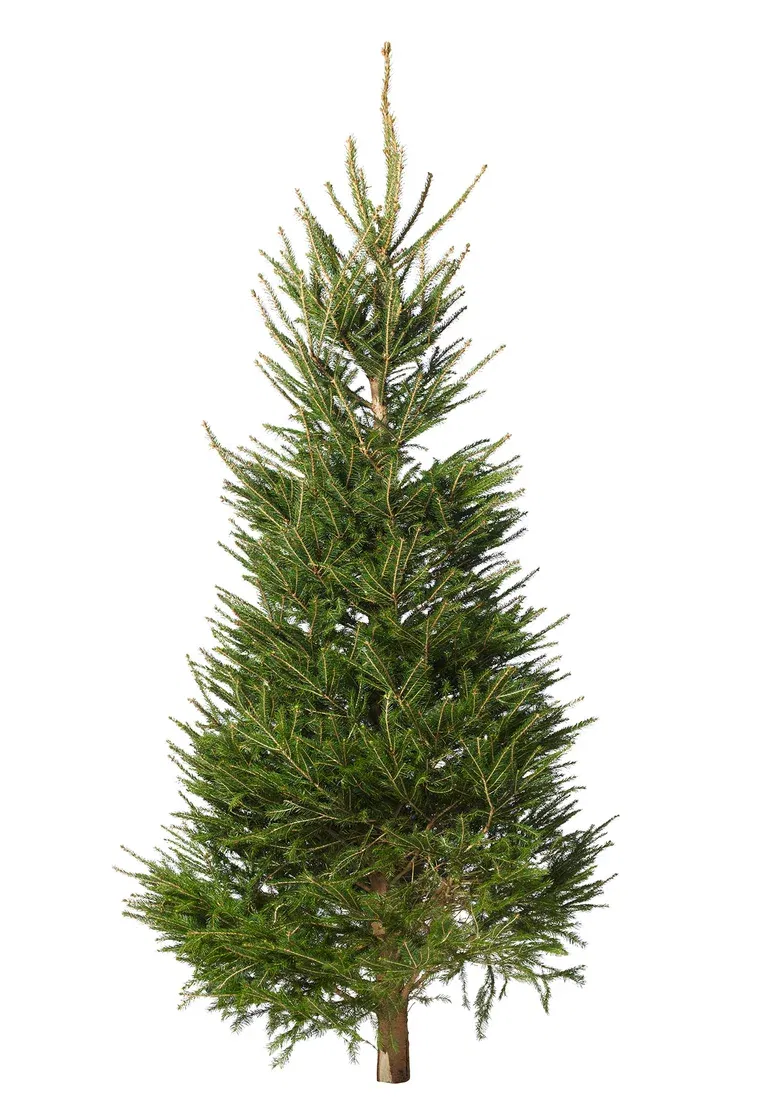Planting and maintenance - Spruce
Plant guide
The spruce tree, which has been present in the Nordic region for almost 5000 years, is one of the most important and common trees we have here in the North. Not only for its use as building and construction timber but also as a decorative plant, Christmas tree, and park tree.
Scientific name (Latin): Picea abies
Family: Pine family (Pinaceae)


Topics:
Plant guide











